5 Third-Party Cookie Alternatives Marketers are Already Using [New Data]
Marketers and third-party cookies -- can you name a better combo?
![5 Third-Party Cookie Alternatives Marketers are Already Using [New Data]](https://blog.hubspot.com/hubfs/third-party-cookie-alternatives.jpg#keepProtocol)
Marketers and third-party cookies -- can you name a better combo? A few years ago, you really couldn’t. But with Google phasing out third-party cookies in 2024, marketers are busy searching for new strategies to collect user data. While 2024 might seem far down the road, over half of marketers say their company is already exploring alternative targeting solutions. And that isn’t surprising, because 85% of marketers say their marketing activities are reliant on third-party cookies to some degree, and 77% say Google phasing out third-party cookies will make marketing more difficult for them. So let’s look into exactly which solutions marketers are turning towards as a replacement for third-party cookies and the unexpected impact it has on marketing budgets. Of the 54% of marketers who say their company is exploring alternative targeting solutions, more than half are looking into using social media for targeted ads as a replacement for third-party cookies. Collecting first-party data from their customers is another top strategy, as is Google Topics API. Let’s take a quick look at each of these. Social media offer advanced targeting tools to get your ads in front of your target audience. With the rise in popularity of social shopping, tapping into platforms like Instagram is a powerful way to reach consumers - especially Gen Z and Millennials: First-party data is collected directly from your customers, but how exactly do you get it and what do you do once you have it? First-party data can be collected from many sources - your website, surveys, email, SMS, a CRM like HubSpot, and more. Once you have first-party data, use it to gain high-quality insights about your audience and create a personalized experience for them. Considering over half of marketers don’t know basic demographic information on their target audience, among other critical data points, shifting to a first-party approach may end up working to your benefit. Though not released to the public yet, more than half of marketers looking for alternatives to third-party cookies are checking out Google Topics API. In a nutshell, it will categorize the sites people visit into various topics. Those categories are then used to show relevant ads. For example, someone who often visits websites related to sports might be shown an ad for a live sports streaming service, all without info on the specific site they visited being tracked and shared with advertisers. Users can also control which topics they are associated with. A universal ID is a unique user ID that allows companies to identify users across different websites and devices. It functions similarly to third-party cookies, with a few key advantages: Despite just over 1 in 3 marketers exploring alternatives to third-party cookies looking into universal IDs, it is new, growing, and definitely worth keeping an eye on. All of the solutions we’ve mentioned so far still rely on user data and targeting. Contextual advertising is all about putting ads in the right places. For example, placing ads for a pair of headphones on a blog dedicated to music production. In other words, the ads are displayed based on the content being shown, not by tracking the user’s past behavior. While the disappearance of third-party cookies means your marketing strategy will have to change, it’s also an opportunity to develop more accurate targeting methods that respect consumer privacy. If that isn’t motivation enough, data privacy changes are causing marketing budgets to grow. Almost half (48%) of marketers say their budget has changed to compensate for data privacy changes this year, with 71% of them reporting an increase in their marketing budget. This means you might be getting some extra budget to explore some of these alternatives and see what works best for your marketing strategy. And it might actually make your data strategy better - over 30% of marketers in our survey say data privacy changes have had a positive impact on their overall marketing strategy. We did some extra research and found that a growing budget is just one of the three ways data privacy changes are benefitting marketers – follow the link to find out how else marketers are seeing a positive impact. A big challenge in dealing with data privacy changes is that they are actively developing. We know regulations are tightening and consumers are becoming more concerned about how their personal information is used. But how data privacy changes will actually impact marketers and which solutions will become the industry standard is still up in the air. The best thing you can do is prepare for a privacy-first future by exploring new targeting solutions and implementing them into your future planning. This is a major change, but keep in mind that all marketers are facing the same challenge. Some will be more prepared than others -- and the marketers most ready to adapt when the time comes will see the best results.
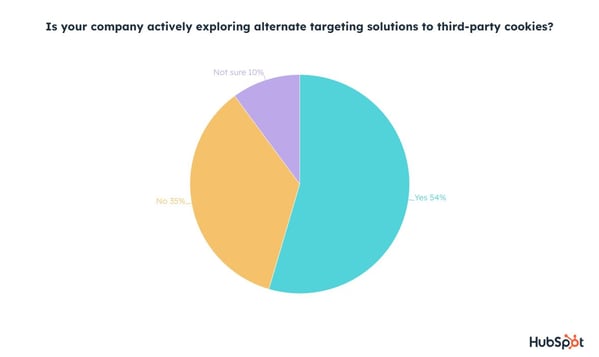
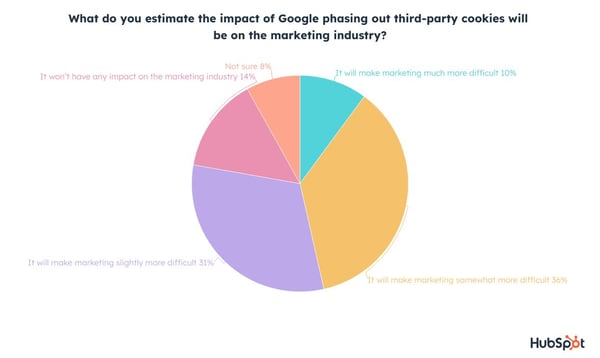
Which Third-Party Targeting Alternatives Are Marketers Exploring
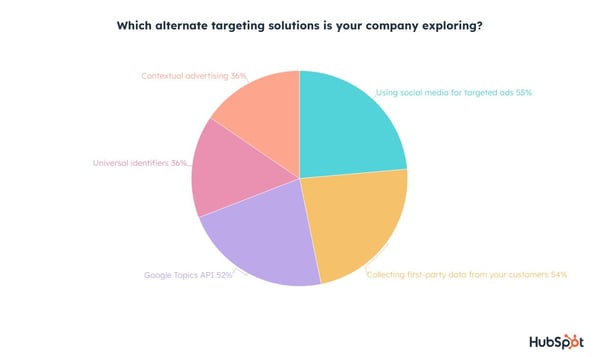
Using Social Media for Targeted Ads
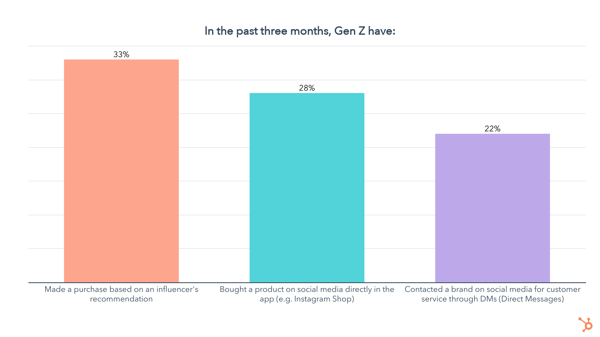
Collecting First-Party Data from Your Customers
Google Topics API (Privacy Sandbox)
Universal Identifiers
Contextual Advertising
Marketing Budgets are Increasing to Accommodate Data Privacy Changes
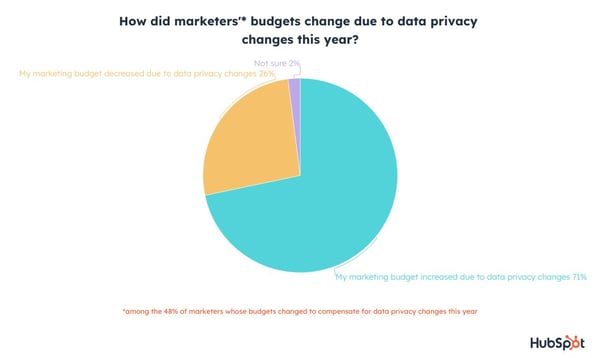
What’s Next for Data Privacy Changes

 KickT
KickT ![Free State of Marketing Report [Updated for 2022]](https://no-cache.hubspot.com/cta/default/53/b0f73a5e-16e4-41fd-9511-8564efc560a7.png)










![How to Turn a Case Study into a Customer Success Story [+ Tips from HubSpot Marketers]](https://blog.hubspot.com/hubfs/customer-success-story.jpg#keepProtocol)























